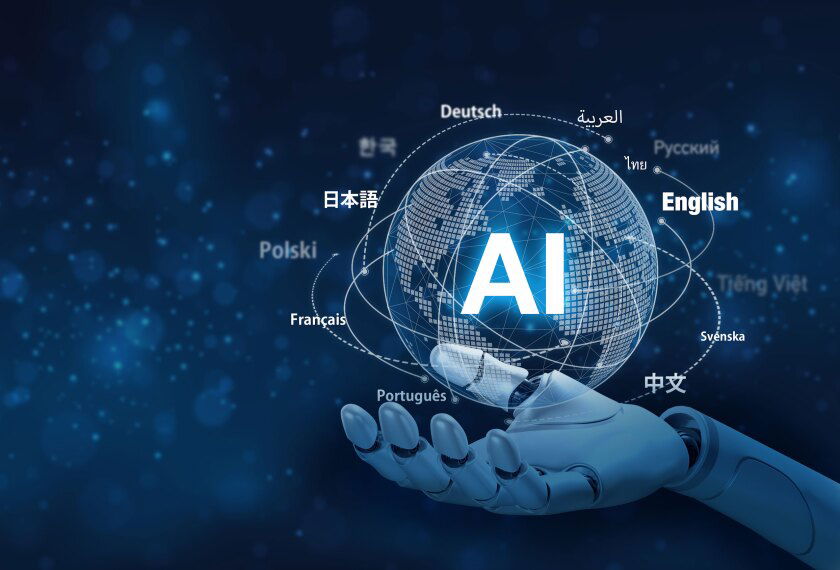AI Language Learning
What Happens When Language Teachers Come Across Artificial Intelligence
When the timeless practice of teaching meets the cutting-edge features of AI, a fresh horizon in education emerges. This is especially true in the field of language learning, where artificial intelligence is revolutionizing how we grasp new languages. The fusion of traditional teaching methods and innovative AI technology not only improves the learning experience but also paves the way for more customized and attainable education. This merger ensures a transformative impact, notably when language teachers start to utilize the power of AI in their teaching approaches.
Language teachers who use AI tools find that these technologies can effectively augment their teaching practices, enriching the educational experience and making language learning more immersive, effective, and flexible to individual learner’s needs. AI language learning, for example, incorporates advanced algorithms that can tailor to the skill level and learning speed of each student, offering personalized lessons and input that would be hard to achieve in a traditional classroom setting.
This integration of AI into language learning goes beyond mere automation; it's about enhancement. Teachers are finding that AI can function as a co-instructor, providing real-time interpretations, enunciation adjustments, and language exercise through engaging and deep methods. AI language learning tools also feature chatbots and simulated conversations, which allow learners to use languages in imitated real-world situations, thereby making the learning process more dynamic and practical.
Additionally, the use of AI in language learning extends the walls of the classroom into the learner’s day-to-day life. With ai learning language resources, students can connect with their new language in enjoyable and relaxed settings, such as through participatory games or software that work alongside television shows or other entertainment platforms. This kind of contextual learning helps to consolidate language skills in a way that feels natural and fun.

AI also makes accessible language learning. Teachers are seeing a erosion in traditional barriers as for more information become available to people all over the world. Students from various economic backgrounds can learn languages using AI-enhanced tools without the need for expensive textbooks or travel. This accessibility is vital for creating a more inclusive learning environment where anyone with an internet connection can enhance their language skills.
Furthermore, AI’s analytical capabilities offer teachers valuable insights into the efficacy of their teaching methods. Language learning AI can monitor a student's progress and identify areas that need more improvement, giving educators with invaluable data to adapt their method to each student’s needs.
Teachers that welcome this technology find themselves equipped to provide a more engaging, responsive, and efficient academic experience. In the evolving sands of global communication, AI enhanced language learning tools are critical in equipping students not just to prosper, but to shine in a multilingual world.
The relationship between language teachers and AI is not a tale of substitution but one of improvement. It’s about creating a blend where expert expertise meets digital innovation, leading to enhanced learning experiences. As more teachers integrate AI tools into their language teaching strategies, we are likely to see a significant shift in how languages are taught and learned. The tomorrow of language learning is here, and it is vibrant, diverse, and smartly powered. By embracing AI, language teachers are not just staying current with the times; they are paving the way forward.
